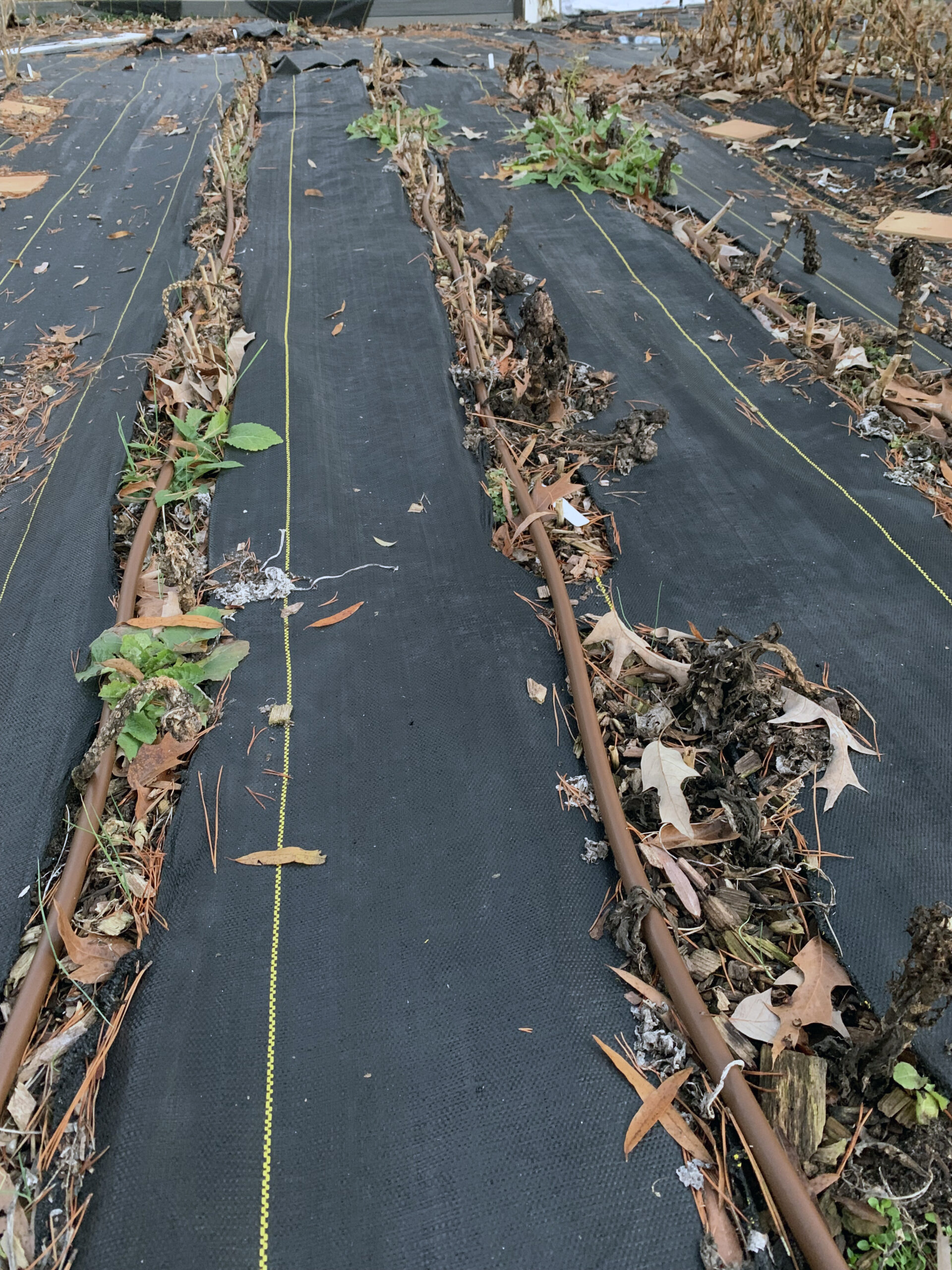Putting the Garden to Bed

By Maria Price
We had a rather mild fall season locally, which helps make tidying up the garden a little easier.
According to the late Dr. Frank Gouin, former Bay Weekly gardening columnist, plant scientist, and horticulture professor at the University of Maryland, we should leave the roots and stubs of annuals behind in our garden. It’s a practice that I have followed for years.
If you pull out the dead and dying annuals by the roots, you’re removing valuable topsoil and valuable organic matter. Leaving the roots in the soil helps to maintain and even increase the concentration of organic matter in the soil.
You can mow these annuals down with the blades set at the highest position. This is especially helpful in the vegetable garden. In the flower garden, you can individually cut annuals down but leave their roots in the ground. Try not to cut perennials, especially native plants as many of their seed heads provide winter food for birds and egg-laying areas for our native bees. A good mow can help to grind up annuals and spread the material like a natural mulch.
Allowing the roots of summer annuals and annual weeds that are not cold hardy to remain in the ground does not create a problem because by planting time next spring they will have rotted.
Roots contain high levels of lignin that strengthen the plant’s cell walls. The organic matter these roots leave behind has a beneficial residual effect. Annual roots can penetrate deeply into the soil; the tunnels formed by these decaying roots provide easy access for new roots the following spring. The rapid, deep rooting of newly planted annuals helps to make them more drought-tolerant.
This method is generally practiced in establishing new orchards. Before planting new trees to promote the rapid establishment, it’s good to plant daikon radishes, which have long, thick roots and grow from fall into early winter. After freezing in the winter, the roots tunnel through the soil and decompose, increasing the organic matter in the soil. Trees can then be planted and established rapidly.
